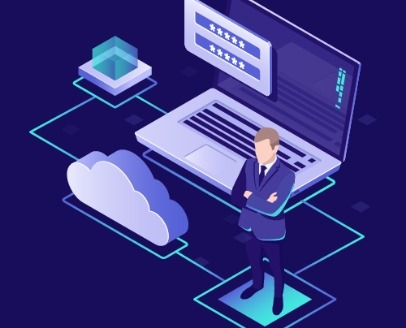
Video encryption can secure your content from unauthorized access. For example, If you are uploading a music video on the Internet, then you definitely want people to watch it. But, if your video is commercial or any paid program, then you wouldn’t want unauthorized people to watch your content.
Unauthorized sharing, data breaches and data theft are very common in this digital world. These are pitfalls for everyone doing business these days. To avoid this and shield your content with iShieldProtect®, you need to check content security and keep your company information safe and secure.
Here, In this article, we will cover the video encryption process. We’ll also keep light on different types of video encryption methods that you can use to encrypt videos. So, let’s understand first what is video encryption.
What’s Video Encryption?
Video encryption is a process of digitally hiding your videos to help unwanted interception and viewing of the communicated videos. The process involves encrypting videos applying encoding software and tackling to secure the content. No one can view the encrypted videos without first decrypting them.
The most major thing for the encryption system is that it should use a secure algorithm. Else, there’s no use in spending hundreds of dollars in a video encryption system.
For illustration, certain string Television providers render their channels using low-quality encryption software that can fluently be cracked ( decrypted) using cheap electronics bought from Radio Shack or the suchlike.
Although this is illegal in theU.S., there are still some people taking advantage of the weak video encryption technology to watch paid content for free. That’s why it’s important that you invest in high-quality secure video encryption technology.
Why Encrypt Videos?
Because of 2 main reasons personal privacy and DRM – Digital Rights Management.
Personal Encryption – Just like the name suggests personal encryption is used for particular reasons for personal privacy. You have a video and want to share it with your family, close musketeers, and associates, but you don’t want to allow access to unauthorized people.
DRM – The online Digital Restrictions Management (DRM) video encryption process starts with encoding the video using an encryption standard. The encrypted video is stored in a secured server that can’t be penetrated by anyone. Only an authorized person can pierce the video through a login Id and password.
The video is transferred to the user’s computer using a secure socket connection. A user can also watch the video on a video player that decrypts the video in real-time. The video player prevents a person from storing the video in the physical storage media.
Once the person has finished watching the video, the secure connection is terminated. However, the encrypted won’t play on generally available media players, If the person ever manages to download the streaming video.
In the case of DRM (Digital Restrictions Management), people are blocked out either permanently or temporarily without human interaction.
Since it directly impacts the resolution ( physical data of the video stream), it affects the grade. The more you pay, the more advanced quality you get.
Types of Video Encryption Technology
Video encryption can be done in many ways having its own pro and cons. Some of them are listed below –
Line Inversion – This process inverts the whole or part of the signal checkup lines. The advantage of this process is that it’s a simple, cheap video encryption technique. The cons of using this video encryption technology include low security, the poor video quality on decryption, and low obscurity.
Adaptive Streaming – The encryption software mightily alters the resolution, bit rate etc based on the internet speed and other factors.
Region Specific Streaming – As the name suggests, this is region-specific encryption where content is consumed in a particular region and other regions are blocked.
Media/ Device Specific – The media/ device encryption technology encrypts videos that can be played on specific devices only. The reason for using this encryption technology is to make the video exclusive to certain devices similar to Amazon Kindle, Apple TV, iTunes, etc.
Software Specific Video – The video encoding technique allows the playing of the video content using a specific video codec.
On a final note, you should precisely consider your conditions before opting for a specific video encryption technology. The video encryption software must retain solid encryption technology suitable for your requirements.
iShieldProtect® offers video encryption services for the education or coaching industry, where the education industry encrypts its content and then shares it with students therefore content can’t be accessed by any unpaid party in anyways. And the most important thing is that their original content never leaves their system or server. So in any case with iShieldProtect®, you will not lose your precious content.
About us and this blog
We are a video encryption company with a focus on helping our customers to produce content either online or offline hassle-free.







